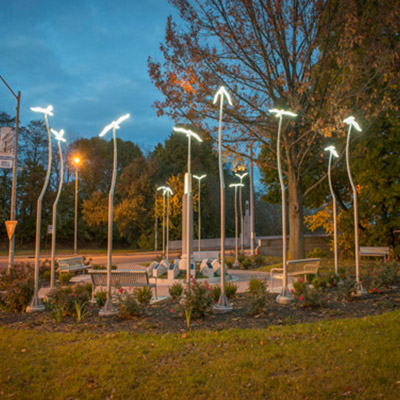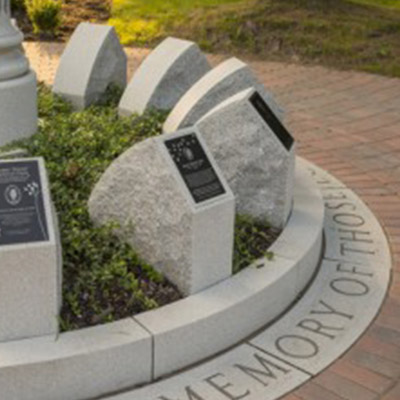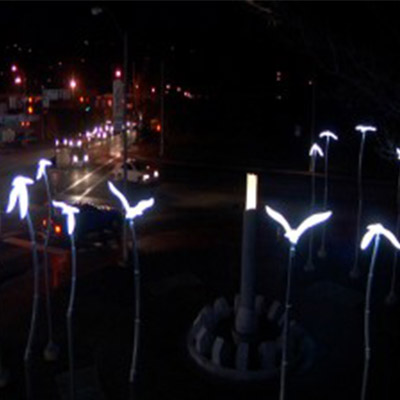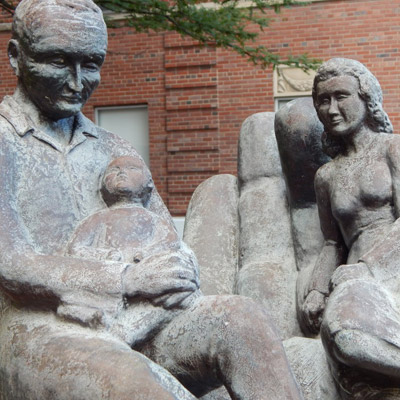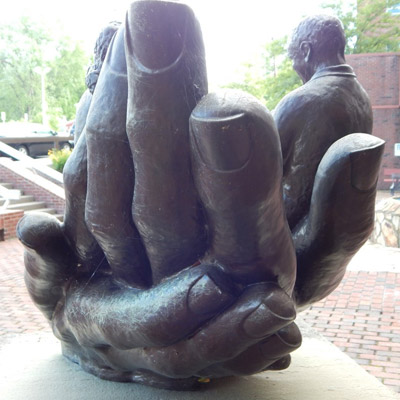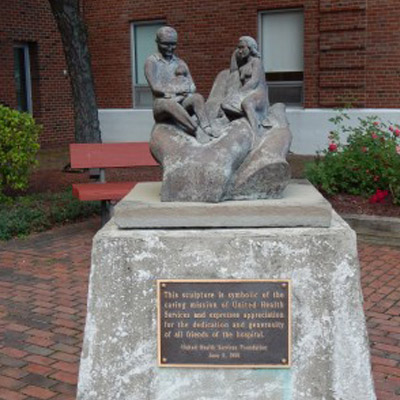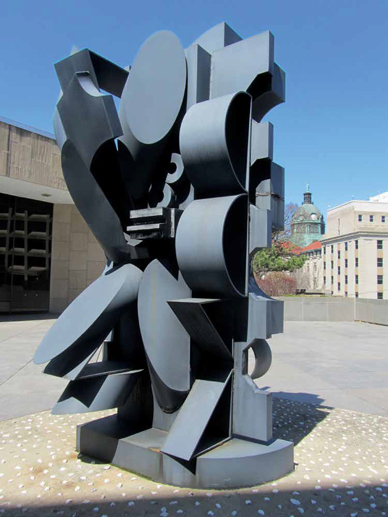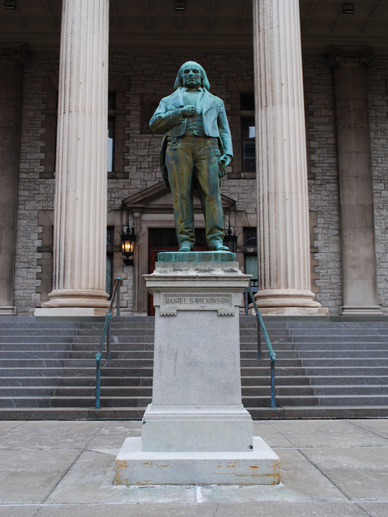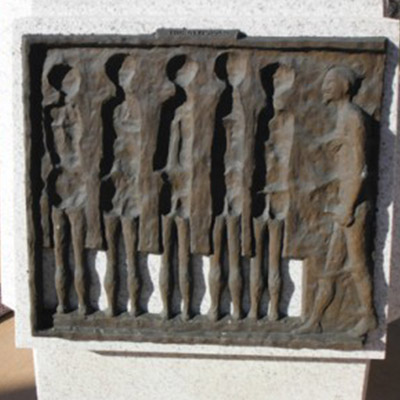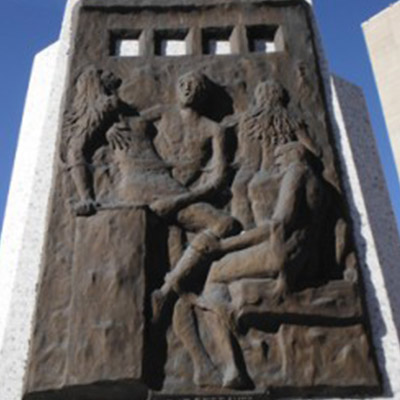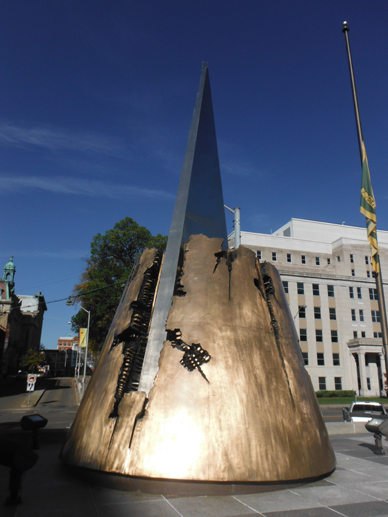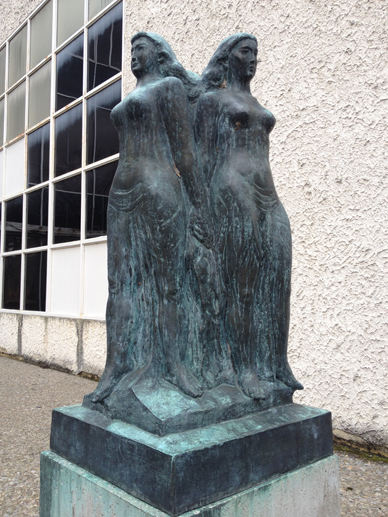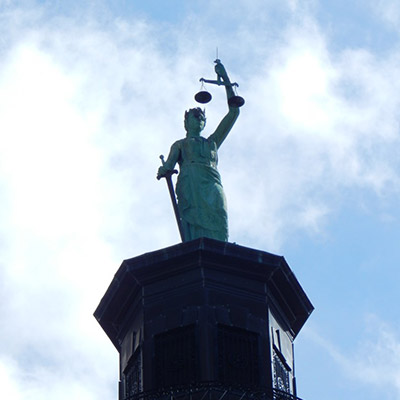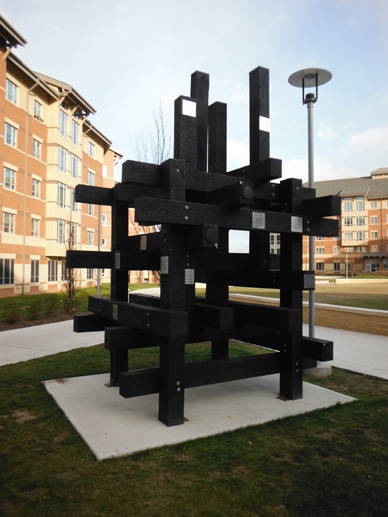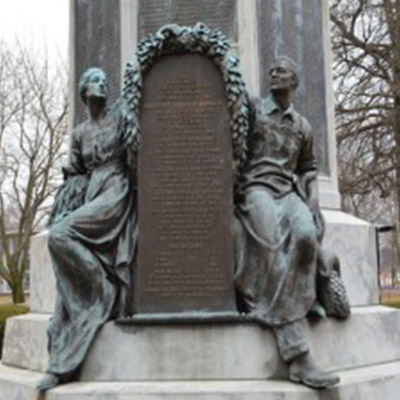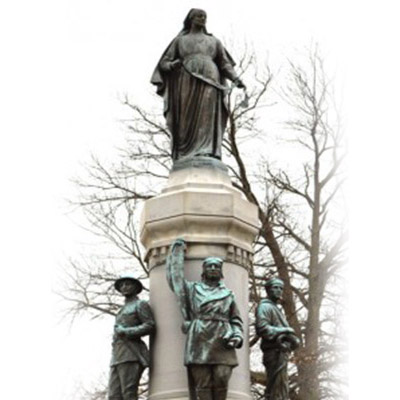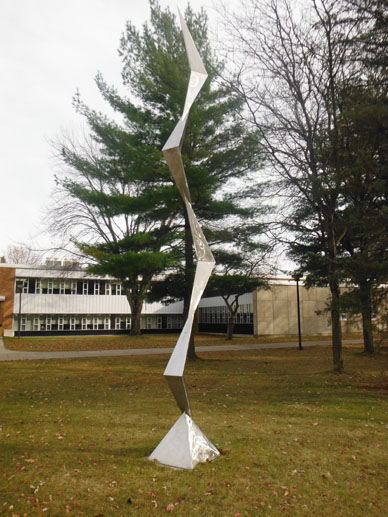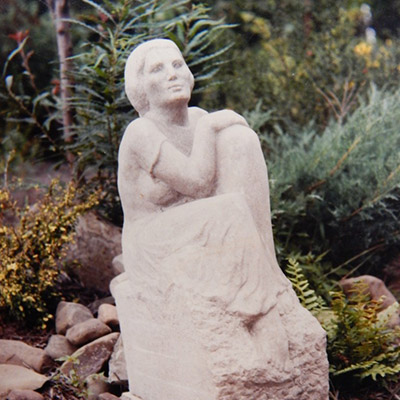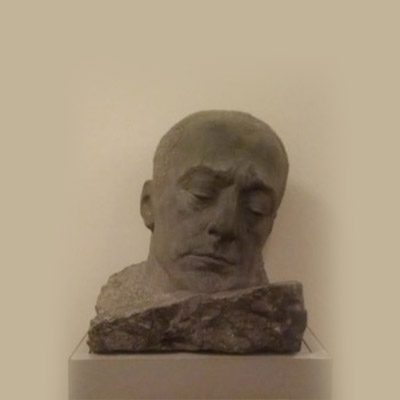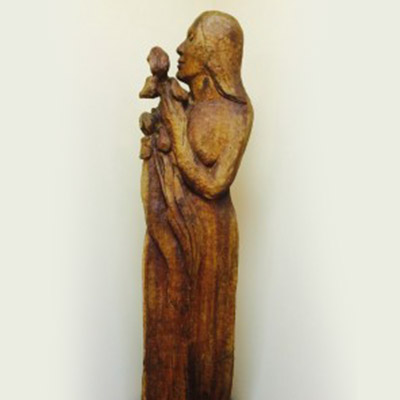By George Basler
The Southern Tier, during the past year, wallowed in revenge, murder, cannibalism and lust.
Don’t panic: We’re not talking real life here, but the world of the stage. For whatever reason, Broome and neighboring counties were treated to three productions of Sweeney Todd, Stephen Sondheim and Hugh Wheeler’s classic musical horror story about a naïve barber who becomes a revengeful serial killer.
The Endicott Performing Arts Center mounted a production last fall and Tri-Cities Opera in the spring. The Glimmerglass Festival in Cooperstown is currently staging the bloody tale with performances through Aug. 26.
Call me a glutton for gore, or a Sondheim enthusiast, but I saw all three productions. The experience left me reluctant to ever again step foot in a barber shop. More seriously, it convinced me — not that I needed much convincing — that Sweeney Todd is a dark masterpiece. It also let me be able to make comparisons among the three productions.
My overall impression is that the TCO and EPAC efforts held their own when compared to the one at Glimmerglass. (This is no small praise because Glimmerglass is recognized as one of the leading opera festivals in the Northeast.) In fact, if I had to pick one production, I would give the nod to TCO. Let’s recap:
EPAC meets challenge
With performances in November, EPAC was first out of the box. The choice was a bold one for a community theater company and, for the most part, it paid off. Of course, the production lacked operatic voices, but Sondheim has never called Sweeney Todd an opera and, in fact, has indicated he’s not a big opera fan. He’s a musical theater guy. And, on that level, the EPAC production, directed by John Penird, was a good, solid effort.
Particularly impressive was the singing strength of the 14-member chorus, which rose to the difficult task of presenting Sondheim’s challenging songs.
Another highlight was the performance of Terri-Jo Ramia as Mrs. Lovett, Sweeney’s partner in crime. Ramia caught the dark humor implicit in the character while avoiding the pitfall of overplaying the role.
Matt Gaska also did an effective job as Sweeney, even if his performance was a bit too broad at times. What impressed me is that Gaska was able to carry off the role even though he’s fresh out of college.
The production also benefited from being staged in the relatively intimate setting of EPAC’s Robert Eckert Theatre. The fact that a 10-piece orchestra, not prerecorded music, provided the accompaniment was another plus.
TCO risk pays off
The TCO production, which opened in April at The Forum in Binghamton, was larger in scale and totally operatic.
Like EPAC, TCO took a risk by offering a work that departed from its standard operatic fare, but the decision paid off with large audiences. The performance that I attended appeared to be sold out.
Audience members were treated to a cracking good show. Not having any expertise in judging operatic singing, I’ll defer to Sherri Strichman, who reviewed the production for the Broome Arts Mirror blog. Strichman judged the singing to be first rate, noting “the incredibly difficult score with complicated lyrics was made to sound natural and easy by the principals and ensemble.”
What I can comment on is the stagecraft, which I also found first rate. Director Johnathan Pape created a suitably ominous atmosphere as he moved actors through Joseph Varga’s striking set of Victorian London.
Jenni Bank’s Mrs. Lovett was more cold and calculating that Ramia’s, who played the character as a very lusty woman. But her comic timing still drew its share of laughs.
Philip Cutlip emphasized Sweeney’s brooding nature. Strichman judged the portrayal a little overly introspective, and I agree, but Cutlip’s singing voice was a commanding one.
Glimmerglass stirs controversy
Comparing TCO and Glimmerglass is difficult because the two productions take different approaches to the material.
TCO basically followed the template in place since Sweeney Todd opened on Broadway in the 1970s. Glimmerglass, by contrast, has thrown the template out the window.
Under the direction of Christopher Alden, the show begins, not in darkly ominous 19th century England, but in a brightly lit English church hall of the 1970s or 1980s. The chorus then puts on Victorian costumes to stage the musical.
Mrs. Lovett is dressed like a diner waitress while Sweeney starts out looking like a traveling salesman and ends up looking like a demented dentist, white smock and all.
The change in approach gives Alden the opportunity to come up with some inventive touches. Pirrelli, a con man and Sweeney’s nemesis, is presented as an over-the-top, Liberace-style character, complete with sequined cape. Mrs. Lovett and Sweeney step into busker outfits to do a music hall-style performance of the darkly comic song “A Little Priest.”
My wife loved the show, and I found the Alden’s changes an intriguing change of pace after seeing the two previous productions. I felt the second act effectively built tension, and the ending was chilling.
But not everyone has been a fan of the production. Alden’s staging has gotten mixed notices, with the Albany Times Union reviewer castigating him for butchering the material. The New York Times writer said Alden didn’t know what to do with the material.
That’s what makes for horse racing, as they say.
Greer Grimsley’s portrayal of Sweeney made him more a burned-out case than a wild-eyed psychopath. Luretta Bybee as Mrs. Lovett was lusty but did not have the strongest voice.
Overall, the Sweeney marathon gave me an appreciation for the quality of productions that were staged in our area.
Still I’m ready for a break. With apologies to Stephen Sondheim, meat pies are off my menu for a while.


